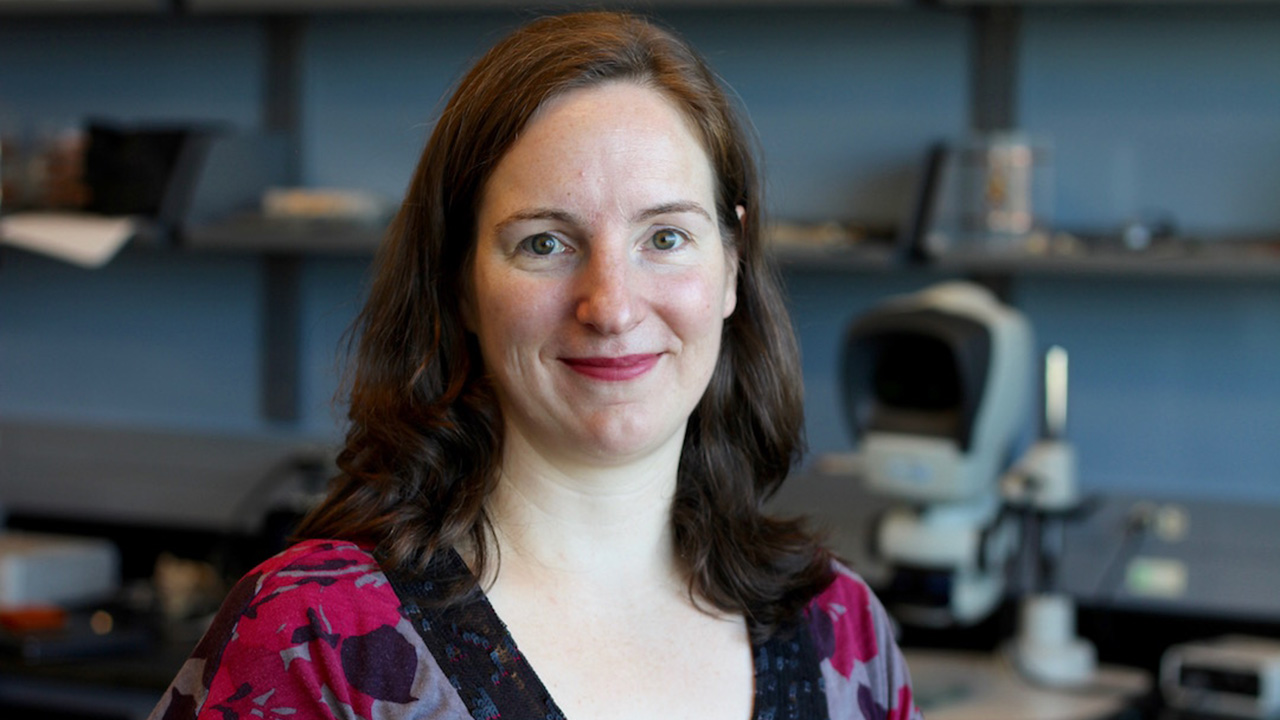CV: Dr. Christine Démoré
Bio basics: A scientist in Physical Sciences and the Odette Cancer Research Program at Sunnybrook Research Institute (SRI), and an assistant professor in the department of medical biophysics at the University of Toronto. Did her postdoctoral fellowship at the University of Dundee in Scotland, and her PhD at Queen’s University in Kingston, Canada. Married with one daughter. Joined SRI in August 2016.
Where did you grow up?
I grew up mostly in Ottawa, Ont. My very early years were in Australia.
What did your parents do for a living?
My mother was a chemist and my father was an astronomer. He was working on a telescope in Australia when I came along.
Did you always want to be a scientist?
Yes. I briefly thought about medicine when I was a teenager, but what I liked about that was the science. I was always trying to build things and mix things, and for a long time I thought I might be interested in chemistry, like my mother and her parents were, but I realized it’s the physics of the chemistry that I really liked. I also liked figuring out how things worked at a base level, so engineering was a good fit.
What attracted you to ultrasound imaging?
I started an undergrad thesis project with Geoff Lockwood at Queen’s University, who became my PhD supervisor. The project was to design ultrasound arrays for medical imaging. I was attracted to it because I liked the acoustics and medical applications of the technology. That project was very interesting, and developed into a master’s degree, which developed into a PhD. I find it fascinating, from the materials that the ultrasound probes are made from, piezo electric materials, to how they’re put together—the manufacturing methods, the engineering process and how we can design them for different applications.
What is your research focus?
A lot of my work is to miniaturize ultrasound probes and put them on the end of a catheter or on the end of an endoscope, say, for esophageal imaging, or to put them into biopsy needles. When you put the probe near or into a tumour you can get an image of everything surrounding the biopsy needle rather than just that core biopsy. This could be used for guiding procedures—to give more information that could help with diagnosis, prognosis or treatment plans.
I’ve also done a fair bit of work on acoustic manipulation, or ‘tweezing.’ With all the biological sciences work here, I’m certain that there are uses for that.
What is acoustic ‘tweezing’?
It’s where you’re using sound to move objects around. Some people are using acoustic tweezing to build up layers of tissue and keep tissue together. There’s potential to make a tissue scaffold for tissue engineering type of work. With acoustic ‘tweezers’ you can trap and then controllably move objects. Often you can control multiple objects differently—bring them together or keep them separate. One of the big benefits of acoustic tweezing as opposed to microfluidics, which is often used for channeling cells into a single line, or trying to draw them into different places, is that with acoustic tweezing you can do that reconfigurably. You can change the pattern of the acoustic field that the cells are being moved around by simply by changing the electrical control of the ultrasound transducer elements, so there’s huge potential there.
What do you look forward to at SRI?
There’s a wealth of expertise here. There are also lots of ideas about what research can be done and what’s useful. For example, there are many procedures that clinicians do effectively blind because there aren’t any tools to help them see. In many cases that is good enough, but there are many cases where being able to visualize what they’re doing and see into tissue, which ultrasound can do, could make a clinician’s job much easier and make the patient experience much better.
How are you adjusting to life in Toronto?
I’ve gone from a small city the size of Kingston, Ont., to Toronto, so it’s a shift. It is nice to be back in Canada. Of course, there are things I miss from Scotland; I built up 10 years of friends there, so certainly there are people being missed, but everybody here’s been very friendly and encouraging and helpful. It’s been a nice welcome back, and I’m looking forward to a proper winter and the snow.






